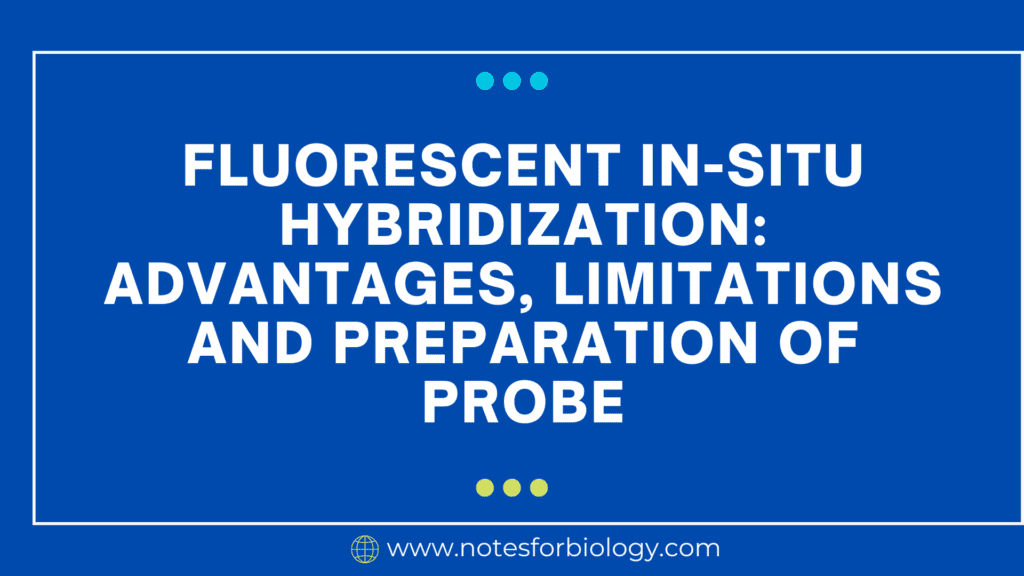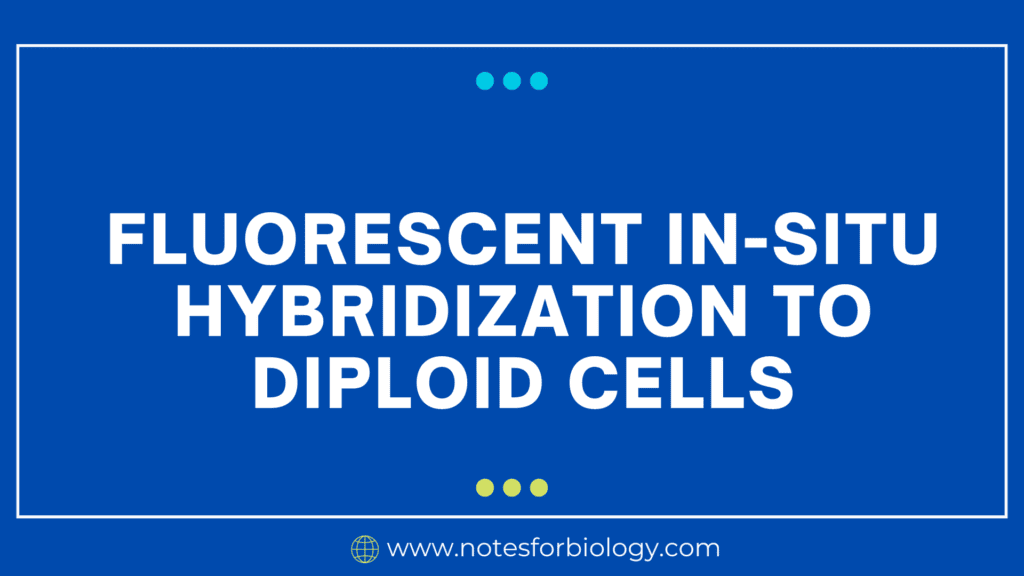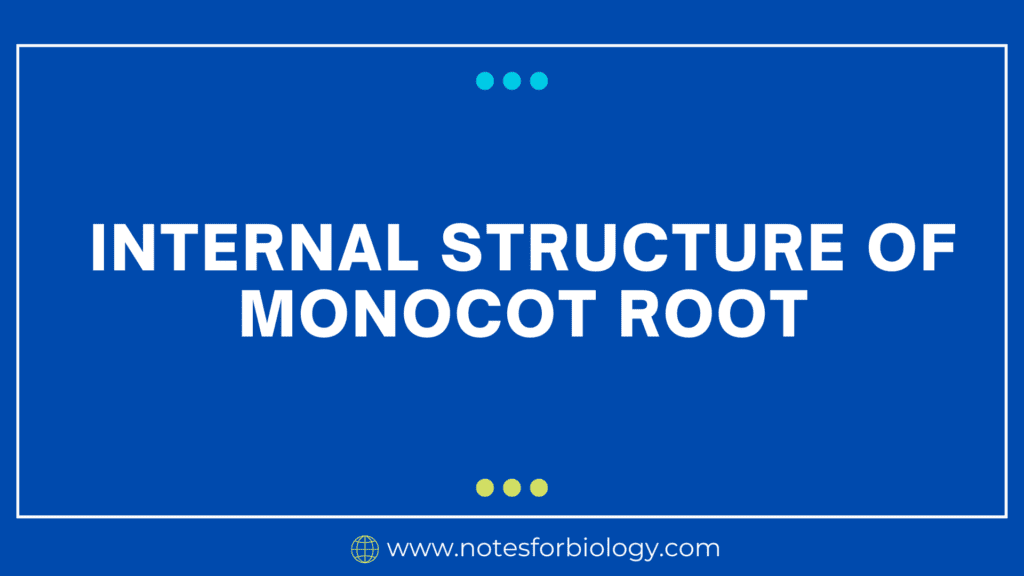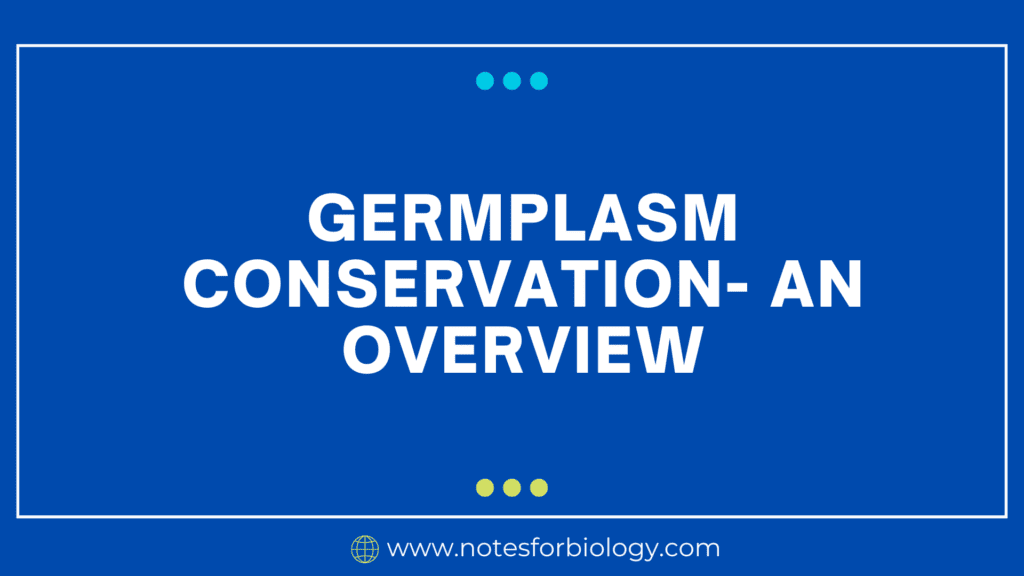Strategies for biodiversity conservation
Biodiversity conservation necessitates a multidimensional approach that includes both in-situ and ex-situ initiatives, strong laws and regulations, community engagement, scientific research, and sustainable behaviors. By implementing these techniques, we can maintain and preserve Earth’s biodiversity, preserving ecosystem resilience and future generations’ well-being. Biodiversity conservation entails safeguarding, preserving, and managing ecosystems, species, and genetic variety to […]










